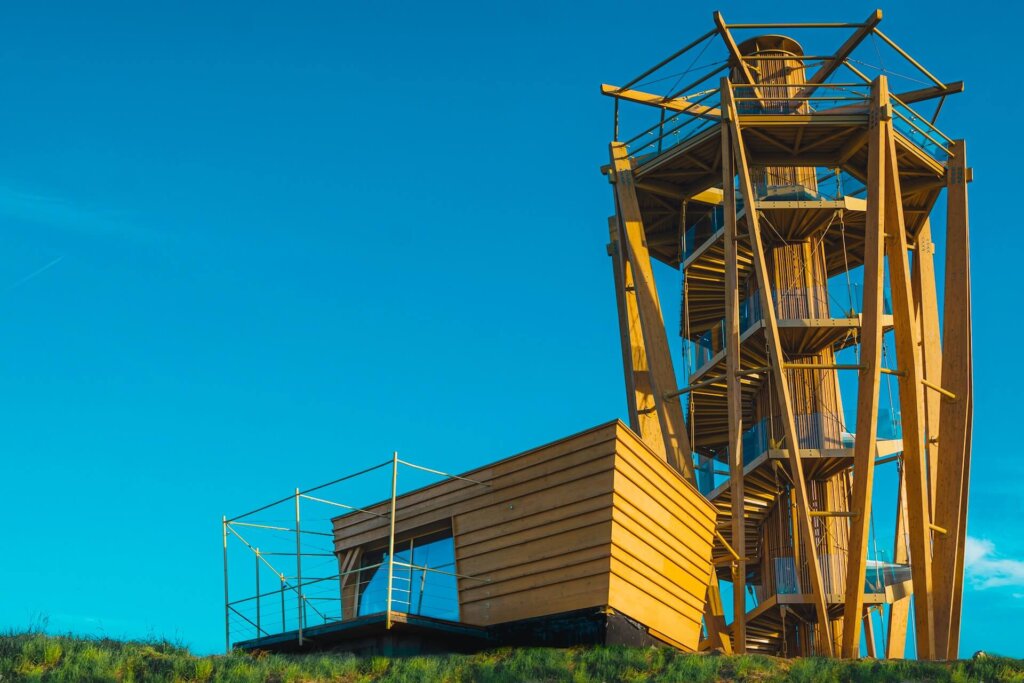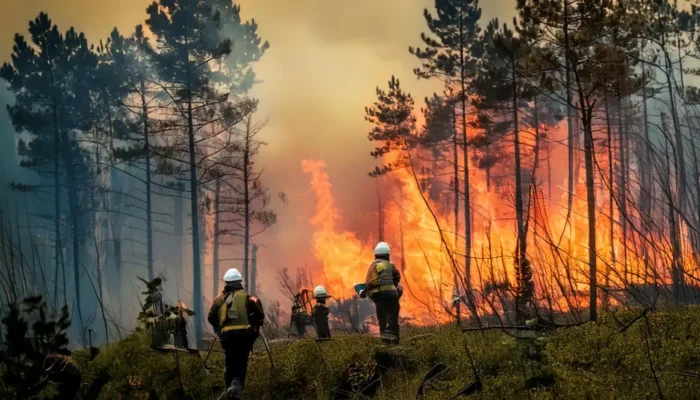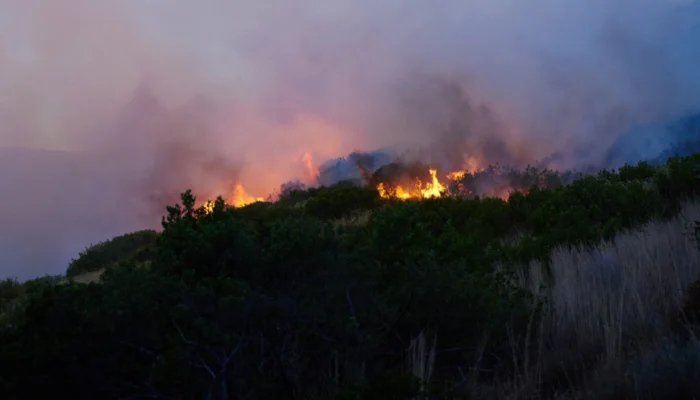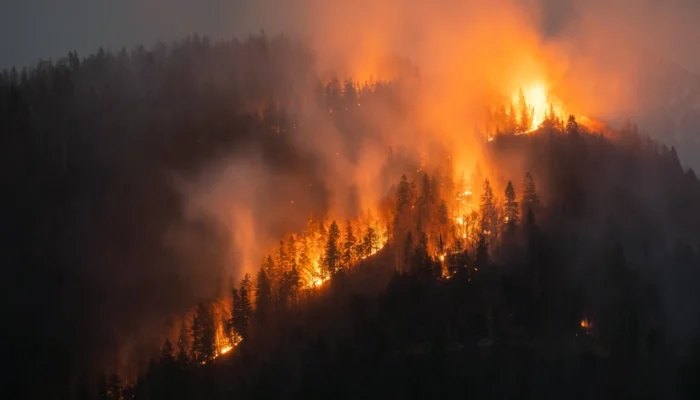Forest fire watch towers have stood as silent sentinels, guarding our forests for over a century. These iconic structures have played a pivotal role in wildfire prevention and detection, offering a panoramic view of vast wilderness areas.
As technology has advanced, the role of watch towers has evolved, but their importance remains undiminished. Let’s delve into the history of these remarkable landmarks and explore their enduring legacy.

Nowadays, apart from volunteer reporting and fire lookouts, there are also widely used operational detection systems with elaborate procedures and trained staff. Each solution has its own advantages and disadvantages. There is no one-size-fits-all option here, and depending on the size, type, and rate of spread of a wildfire, different detection systems may prove more or less useful.
Various solutions, such as watchtowers, aerial patrols, or satellite images, can also be used in combination to provide even better protection. Modern fire detection methods that have been gaining popularity in recent years include wildfire drones and camera detectors that can monitor huge areas 24/7.
Yet, just because we have new technologies at our disposal now, it doesn’t mean that traditional fire detection systems are no longer effective. Although to a lesser extent, the US Forest Service continues to maintain a network of fire towers. And fire lookouts still play an important role in protecting forests and national parks from wildfire in many parts of the country.
But what is the history of forest fire watch towers? And how has the purpose of a fire tower changed over the years?
.
Table of Contents
ToggleA Brief History of Forest Fire Lookouts
Let’s start by explaining what the forest fire lookout network actually is. Fire watchtowers are usually spaced a significant distance apart and are often located in high-value or high-risk areas. They allow observation from a considerable height, which maximizes the observer’s range of vision.
Fire lookouts, also called fire watchers, are at the very heart of this system. On average, a person can spot smoke and fire without any optical instruments from as far as 10–15 miles in good weather.
Although fire towers first started to appear in the second part of the nineteenth century, it wasn’t until the devastating wildfires that swept through Idaho, Montana, and Washington in 1910 that the US Forest Service truly appreciated their potential.
From that moment forward, more of them began to be built, and they were gradually equipped with weather stations, maps, binoculars, compasses, and better communications systems. Back in the day, fire lookout staff used to be responsible not only for wildfire detection but often also for extinguishing fires.
Another significant change for fire towers came during Word Ward II; fire lookout jobs, previously mostly held by men, started to be occupied by women. After the war, both female and male fire lookouts kept watching for signs of fire and smoke.
But at the same time, new solutions, such as aerial patrols, started to emerge. Over the following decades, new technologies took over the job of wildfire lookouts in many locations.
.
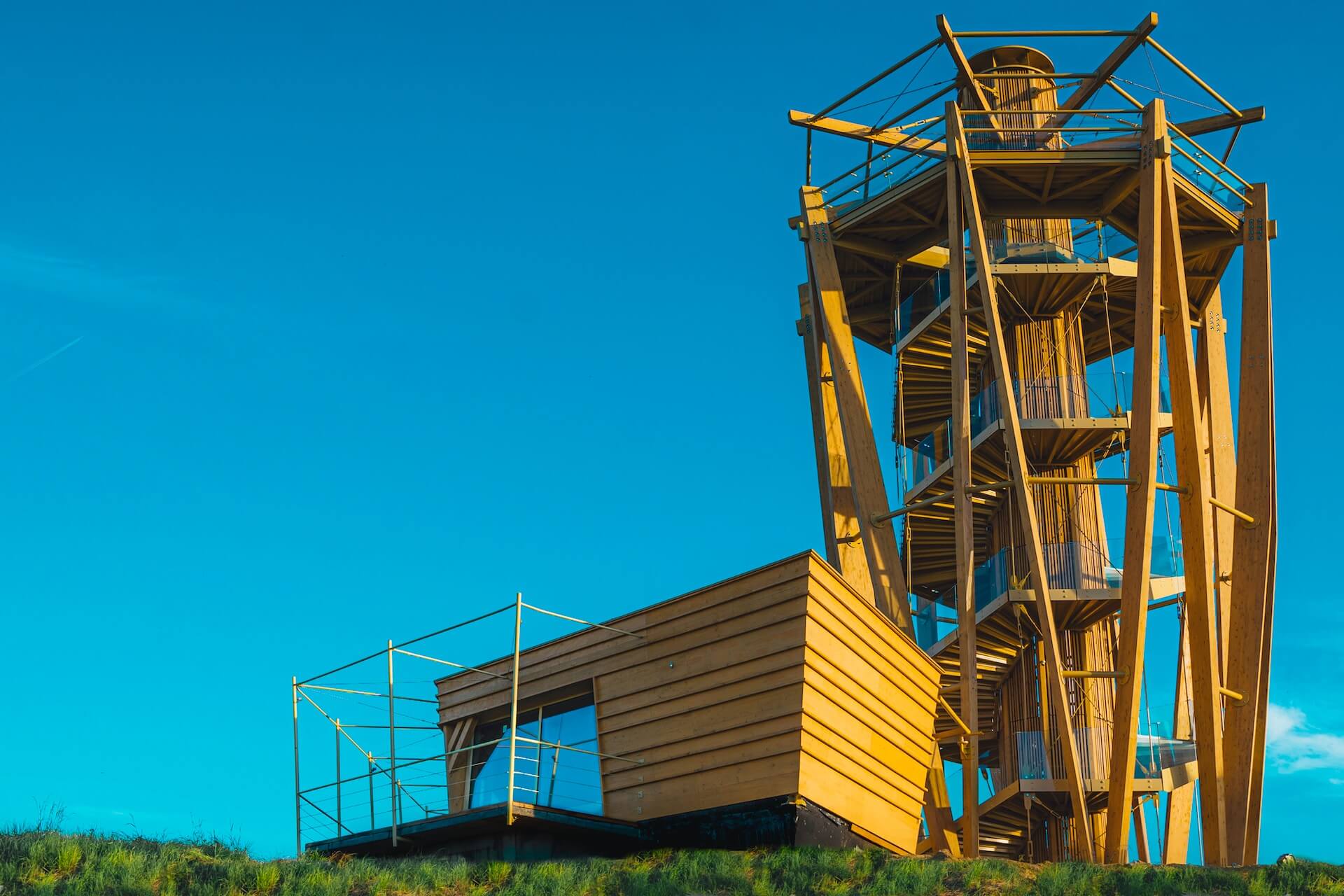
.
Fire Lookout Towers Today
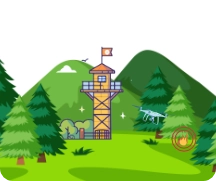
Today, lookout towers continue to be used as part of forest fire detection systems, but they are no longer their central element. Fire towers and lookouts usually play a supporting role in fire management rather than being responsible for detecting wildfires themselves.
They support fire services and firefighting efforts by pinpointing the approximate location, speed, and direction of a wildfire spread to effectively contain fires before they go wild. Fire watchers are nowadays mostly employees of the US Forest Service or National Park Service, supported by volunteers.
.
Forest Fire Towers as Tourist Attractions
There is another interesting fact about forest fire towers today. Due to the development of other solutions, they have been gradually transformed into tourist attractions and, in some cases, even unique lodging options. In many places, they are treated as attractive hiking destinations, and some people travel all over the country to visit the most popular spots.
Just in California alone, there are over 220 registered towers (according to The National Historic Lookout Register). Some of them serve as overlooks for tourists and revert back to their original function for the duration of the fire season.
.
Volunteer Fire Lookouts: Who Are They? And What Do They Do?
There is a group of people in the US who are preserving the tradition of fire lookouts. They repair and take care of the towers, collect money for their maintenance, and volunteer as fire lookouts during fire seasons.
You can learn more about their work and achievements on the official website of The National Historic Lookout Register or the Forest Fire Lookout Association.
These websites also provide maps with the location of all registered fire towers in the United States. You can use them to look for watchtowers in your surrounding area or to plan your next hiking trip.
.
Forest Fire Watch Towers FAQ
Is Fire Lookout a Real Job?
The US Forest Service and National Park Service, among others, still employ fire watchers to monitor the area from a fire watchtower. Most of these jobs are seasonal and last for the duration of a typical fire season in the region. Many open positions are posted each year, but it’s important to keep in mind that a lot of them are for volunteers.
.
Are Fire Lookout Towers Still a Thing?
Yes, they are! Although not all of them are still used to spot smoke and fire. Many watchtowers have been converted into tourist attractions and lodgings you can rent to spend a night or two in a forest fire watchtower with an incredible view overlooking the surrounding area.
.
How Can You Become a Fire Watcher?
There are two ways to become a fire watcher. You can either look for a paid job or become a volunteer. The requirements may vary depending on your location and the type of position you apply for.
.
Can You Sleep in a Fire Lookout Tower?
Yes, but not every tower offers this option. If you’re interested in staying in a forest fire watch tower overnight, you need to check whether it is available to rent and whether it’s free during the period you are interested in. Before making any arrangements, keep in mind that watchtowers are equipped only with basic amenities.
